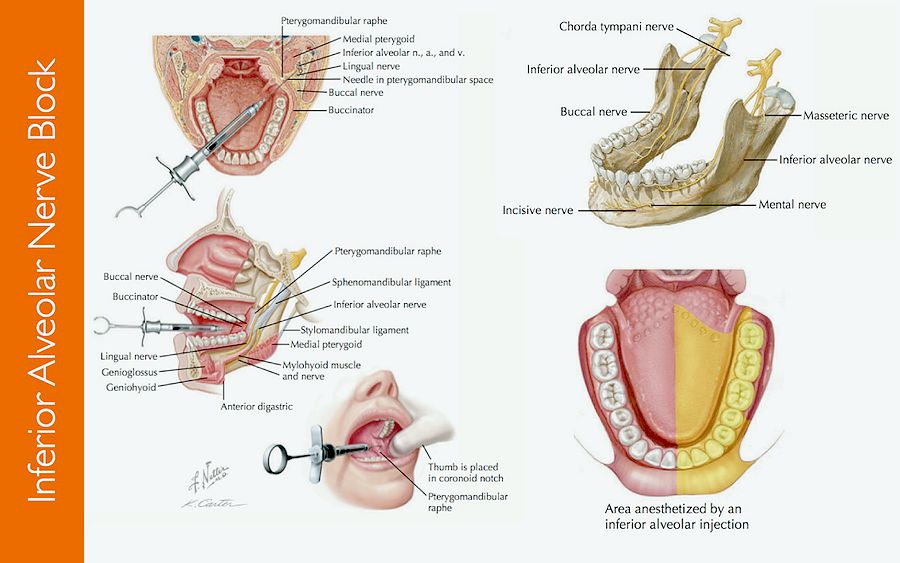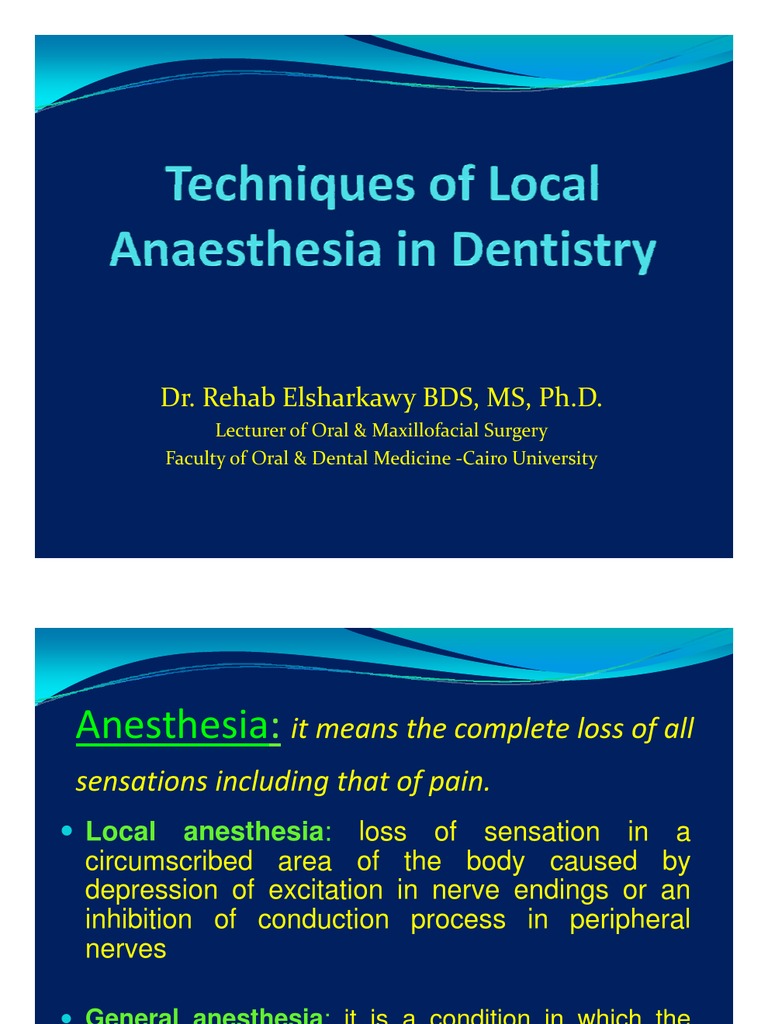Total Intravenous Anesthesia
Navigating Anesthesia: Innovative Approaches for Comfortable Care

Navigating Anesthesia: Innovative Approaches for Comfortable Care
Anesthesia plays a pivotal role in various medical procedures, ensuring patients undergo surgeries and interventions with minimal discomfort. In this article, we explore innovative anesthesia approaches that prioritize patient comfort and safety.
Advancements in Regional Anesthesia
Regional anesthesia has seen significant advancements, providing targeted pain relief to specific regions of the body. Techniques such as epidurals and peripheral nerve blocks allow for precise numbing of an area, reducing the need for general anesthesia. This not only enhances patient comfort but also contributes to faster recovery times.
Tailored Anesthetic Plans for Individual Needs
Modern anesthesia approaches prioritize individualized care. Anesthesiologists work closely with patients to understand their medical history, preferences, and concerns. Tailored anesthetic plans take into account factors such as age, health conditions, and the type of procedure, ensuring a personalized and optimized experience.
Inhalation Sedation for Anxiety Management
Inhalation sedation, commonly known as laughing gas or nitrous oxide, is an effective method for managing anxiety and discomfort in various dental and minor medical procedures. This approach provides relaxation without inducing complete unconsciousness, allowing patients to remain conscious and cooperative during the procedure.
Total Intravenous Anesthesia (TIVA) for Surgical Comfort
Total Intravenous Anesthesia (TIVA) is gaining popularity as an alternative to traditional inhaled anesthesia. Administered through an IV, TIVA provides a more controlled and predictable depth of anesthesia. This approach contributes to smoother recovery, reduced side effects, and improved postoperative outcomes.
Local Anesthesia Innovations for Minimally Invasive Procedures
Local anesthesia innovations have played a crucial role in the rise of minimally invasive procedures. Advancements such as long-acting local anesthetics and novel delivery methods enhance the precision of numbing specific areas, allowing for intricate surgeries with minimal disruption and a quicker return to normal activities.
Enhanced Recovery After Surgery (ERAS) Protocols
Anesthesia approaches are integral to Enhanced Recovery After Surgery (ERAS) protocols. These protocols aim to optimize the entire perioperative process, including anesthesia, to reduce stress on the body and accelerate recovery. Tailored anesthesia plans within ERAS contribute to shorter hospital stays and improved patient satisfaction.
Intraoperative Monitoring for Safety
Innovative technologies enable continuous intraoperative monitoring, enhancing patient safety during procedures. Monitors tracking vital signs, depth of anesthesia, and neurological function allow anesthesiologists to make real-time adjustments, ensuring the patient’s well-being throughout the surgery.
Pediatric-Focused Anesthesia Techniques
Pediatric patients have unique anesthesia needs, and specialized techniques have been developed to cater to their requirements. Child-friendly induction methods, precise dosing based on weight and age, and the use of distraction techniques contribute to a positive anesthesia experience for young patients.
Patient Education and Informed Consent
Modern anesthesia approaches prioritize patient education and informed consent. Anesthesiologists take the time to explain the chosen anesthesia method, potential risks, and expected outcomes to patients. This collaborative approach fosters trust and allows patients to actively participate in decisions about their care.
Explore Innovative Anesthesia Approaches at www.dylanmessaging.com
For those interested in learning more about the latest innovations in anesthesia approaches, Anesthesia Approaches provides valuable resources and insights. Stay informed
Advanced Anesthesia Techniques: Ensuring Comfort and Safety
Elevating Patient Experience: The World of Advanced Anesthesia Techniques
Anesthesia plays a pivotal role in modern healthcare, ensuring patients undergo medical procedures with comfort and safety. Over the years, advancements in anesthesia techniques have revolutionized the field, contributing to improved patient outcomes and recovery experiences.
Tailoring Anesthesia to Individual Needs
One of the significant strides in anesthesia techniques is the move towards personalized approaches. Anesthesiologists now tailor anesthesia plans to individual patient needs, considering factors such as age, health status, and the specific nature of the medical procedure. This personalized approach enhances the effectiveness of anesthesia while minimizing potential risks.
Innovative Drug Delivery Systems
Advancements in drug delivery systems have transformed the administration of anesthesia. The development of targeted and controlled-release medications allows for precise dosage management, reducing the likelihood of adverse reactions. These innovative systems contribute to a smoother induction and maintenance of anesthesia, ensuring patients remain comfortable throughout procedures.
Regional Anesthesia: Precision and Reduced Systemic Impact
Regional anesthesia techniques have gained prominence for their precision and ability to minimize the systemic impact of anesthesia. Procedures such as epidurals and nerve blocks target specific regions of the body, providing pain relief without affecting the entire nervous system. This approach is particularly beneficial for certain surgeries and chronic pain management.
Total Intravenous Anesthesia (TIVA): Enhanced Control and Rapid Recovery
Total Intravenous Anesthesia (TIVA) represents a significant advancement in anesthesia administration. Unlike traditional methods that involve inhalation agents, TIVA relies solely on intravenous medications. This technique offers enhanced control over anesthesia levels, leading to smoother recovery and reduced postoperative side effects. TIVA has become a preferred choice for various surgical procedures.
Depth of Anesthesia Monitoring: Ensuring Optimal Sedation
Monitoring the depth of anesthesia is a critical aspect of ensuring patient safety. Technological innovations now allow for real-time tracking of a patient’s sedation level, enabling anesthesiologists to make immediate adjustments as needed. This precision in monitoring contributes to a more controlled and stable anesthesia experience.
Enhanced Recovery After Surgery (ERAS): Integrating Anesthesia into a Holistic Approach
Advanced anesthesia techniques play a vital role in the Enhanced Recovery After Surgery (ERAS) protocol. By integrating anesthesia into a comprehensive approach that includes preoperative optimization and postoperative care, patients experience faster recoveries with reduced pain and complications. ERAS represents a paradigm shift towards a patient-centered, multidisciplinary model of care.
Pediatric Anesthesia: Safeguarding the Well-being of Young Patients
Anesthesia techniques for pediatric patients require specialized considerations. Innovations in pediatric anesthesia focus on minimizing stress, ensuring pain control, and tailoring dosage based on age and size. Child-friendly approaches, such as the use of flavored masks and engaging preoperative preparations, contribute to a positive experience for young patients.
Virtual Reality (VR) and Distraction Techniques
Addressing the psychological aspect of anesthesia, virtual reality (VR) and distraction techniques have gained recognition. These methods help alleviate preoperative anxiety and discomfort by immersing patients in calming virtual environments. Integrating technology in this way enhances the overall patient experience and contributes to a more positive perception of anesthesia.
To explore the world of
Navigating Anesthesia: Advanced Techniques

Navigating Anesthesia: Advanced Techniques
Anesthesia is a critical component of many medical procedures, ensuring patient comfort and safety. Advancements in anesthesia techniques have revolutionized the field, providing healthcare professionals with a range of options to tailor anesthesia to individual needs. Let’s explore the landscape of anesthesia techniques and their transformative impact on modern healthcare.
Evolution of Anesthesia Techniques
The evolution of anesthesia techniques has been marked by milestones, from the early use of ether and chloroform to the development of modern inhalation and intravenous anesthetics. Technological innovations and a deeper understanding of pharmacology have contributed to the refinement of anesthesia administration, enhancing both efficacy and safety.
Inhalation Anesthetics: Balancing Depth and Precision
Inhalation anesthetics remain a cornerstone of anesthesia techniques. These agents are administered through inhalation, allowing for precise control over the depth of anesthesia. Advancements in inhalation anesthetics include the use of sevoflurane and desflurane, which offer rapid onset and offset of anesthesia, minimizing recovery times for patients.
Intravenous Anesthesia: Swift and Targeted Effects
Intravenous (IV) anesthesia has gained prominence for its swift and targeted effects. Propofol and etomidate are examples of intravenous anesthetics that induce anesthesia rapidly. The ability to titrate IV anesthetics allows anesthesiologists to maintain a specific level of sedation, ensuring patient comfort during various medical procedures.
Regional Anesthesia: Precision and Limited Sensation
Regional anesthesia involves numbing a specific part of the body, providing both pain relief and preserving consciousness. Techniques like epidural and spinal anesthesia are commonly used for surgeries involving the lower abdomen, pelvis, or lower extremities. Regional anesthesia offers the advantage of targeted pain control with reduced systemic effects.
Peripheral Nerve Blocks: Localized Pain Management
Peripheral nerve blocks are a subset of regional anesthesia that involves injecting anesthetic agents near peripheral nerves. This technique is particularly useful for extremity surgeries, providing localized pain management while allowing patients to remain awake and aware during the procedure. Peripheral nerve blocks contribute to enhanced postoperative pain control.
Monitored Anesthesia Care (MAC): Tailored Sedation
Monitored Anesthesia Care (MAC) involves providing sedation while continuously monitoring vital signs. This technique is commonly used for less invasive procedures, allowing patients to be in a state of conscious sedation. MAC offers the advantage of tailoring sedation levels based on the procedure’s complexity and the patient’s comfort.
Total Intravenous Anesthesia (TIVA): Precise Control
Total Intravenous Anesthesia (TIVA) involves administering all anesthetic agents intravenously without the use of inhaled agents. TIVA provides precise control over anesthesia depth and is often preferred for certain surgeries, including those requiring controlled hypotension. The avoidance of inhalation agents may be beneficial for patients with specific respiratory considerations.
Ultrasound-Guided Anesthesia: Enhanced Precision
Advancements in technology have introduced ultrasound-guided anesthesia, enhancing precision in nerve blocks and other regional anesthesia procedures. Ultrasound allows real-time visualization of anatomical structures, enabling anesthesiologists to target nerves more accurately and reduce the risk of complications.
Enhanced Recovery After Surgery (ERAS): Integrating Anesthesia Techniques
Anesthesia techniques play a vital role in the Enhanced Recovery After Surgery (ERAS) approach. ERAS focuses on optimizing preoperative, intraoperative, and

